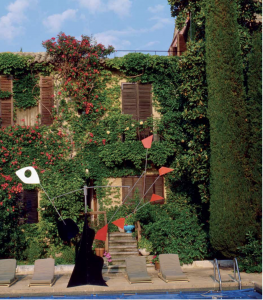Alyn Griffiths explores the grounds of Porto’s Serralves museum 16 years after its completion and talks to the architect behind it, Álvaro Siza Vieira
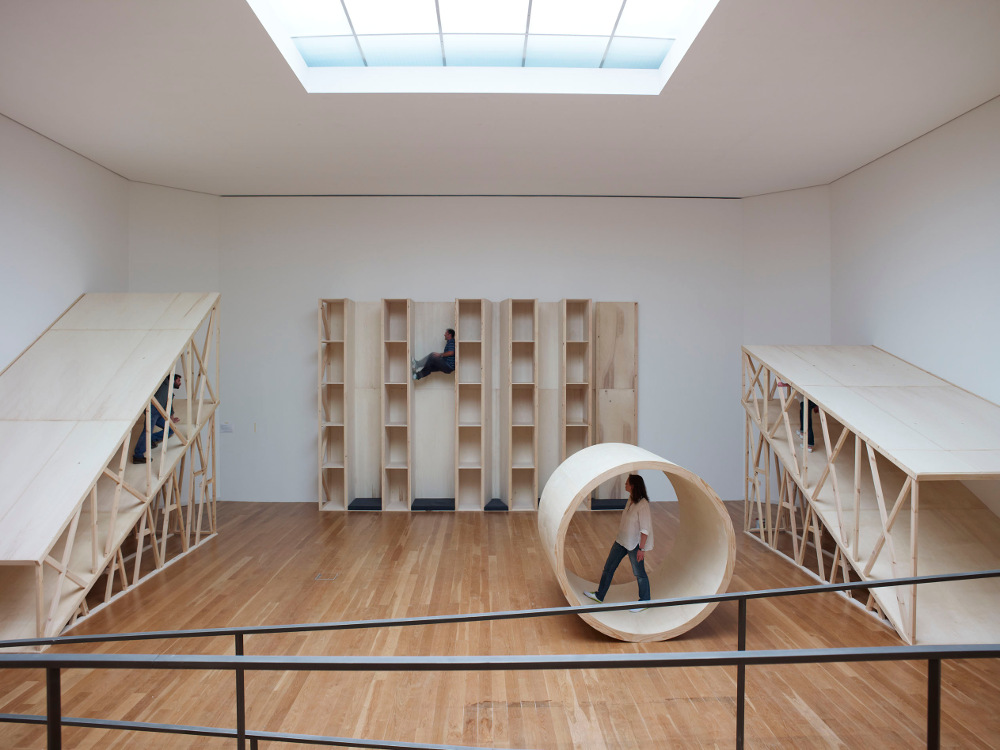
Tucked away in a residential area to the west of Porto’s historic centre, the Serralves Museum occupies a significant position, both geographically and culturally, in the Portuguese city. An 18-hectare landscaped park provides a picturesque setting for the country’s most visited contemporary art museum, which presents solo exhibitions and themed shows by leading artists in a building designed by one of Portugal’s best-loved architects.
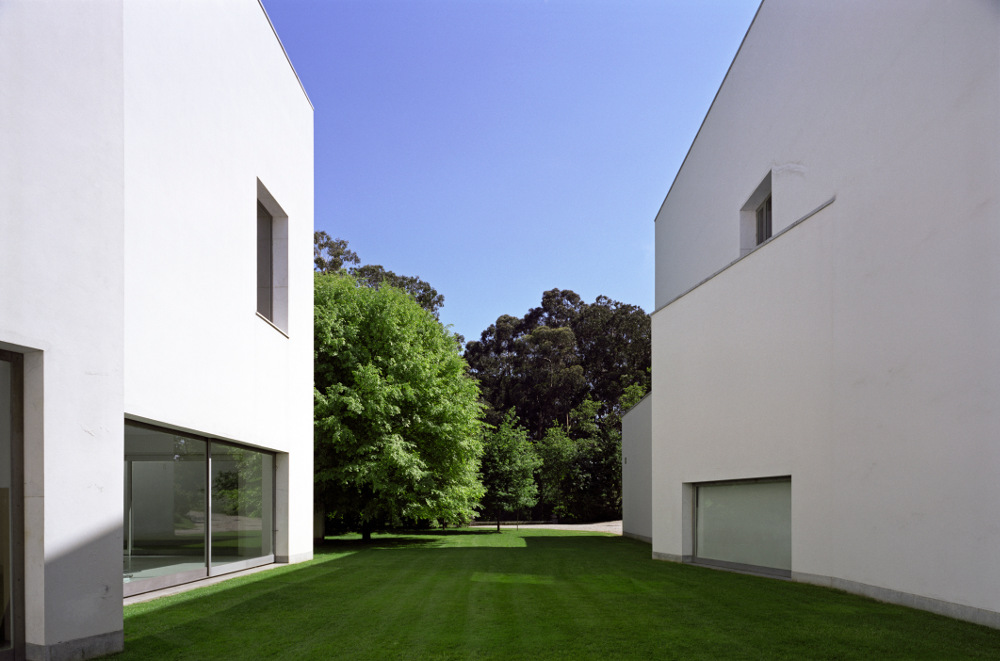
Last year marked the 15th anniversary of the museum’s opening and the 25th anniversary of the inauguration of the Serralves Foundation, which was set up to support and oversee its financial and artistic development. In 1991 the Foundation made the enlightened decision to commission Pritzker Prize-winning architect Álvaro Siza Vieira to design the new museum in the grounds of the Serralves Estate. According to the 81-year-old architect, the project was symptomatic of a very different era, when philanthropy was still fashionable and institutions were able to justify building ambitious new homes for their collections.
“Twenty-five years ago I did not have to fight with the crisis,” he points out, “so today this building would probably not be built because there would not be the money.”
The museum was completed in 1999 and demonstrates Siza Vieira’s masterful ability to integrate architecture into the landscape. Its carefully composed series of interconnected volumes was inspired by the topography of the gardens, which extend into the heart of the lower ground floor’s U-shaped plan and enhance the interaction between indoors and outdoors. An atrium containing a staircase leading to the museum’s restaurant and educational facilities on the upper level evokes the grand foyer of a famous Art Deco villa situated at the end of a tree-lined avenue in the nearby grounds.
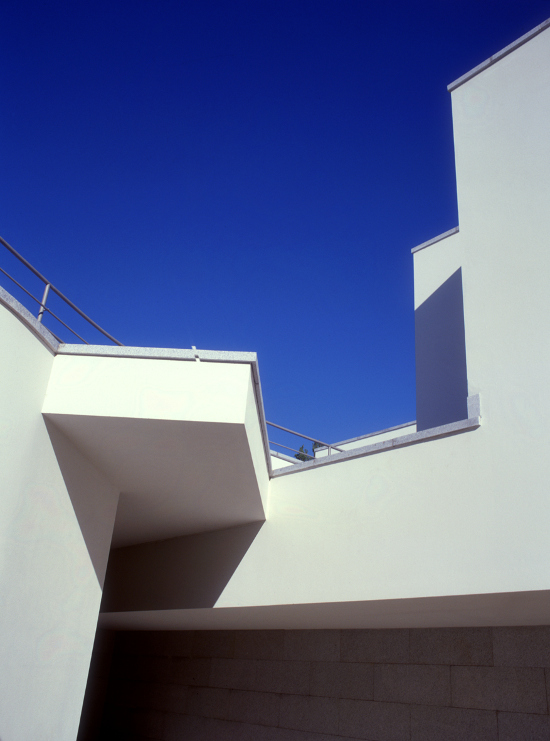
The sequential arrangement of the galleries creates an intuitive route through spaces of varying dimensions that provide a flexible backdrop for the continuously evolving array of artworks on show. Natural light enters the rooms and corridors through skylights and carefully positioned apertures in the ceilings, while windows that look out onto the lush gardens appear unexpectedly in stairwells and bays that project from the facades.
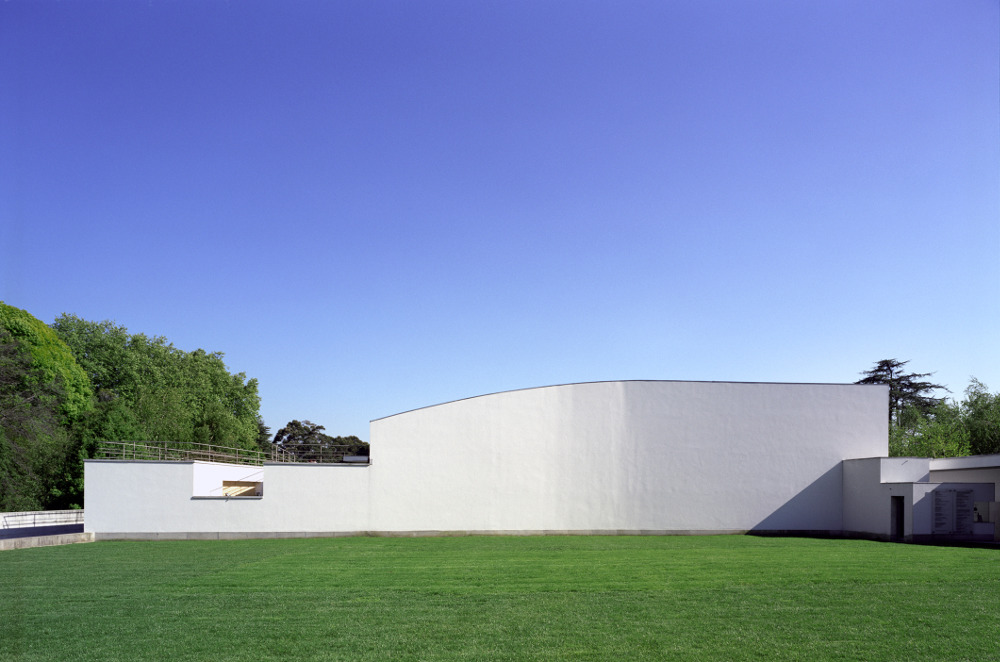
Siza Vieira claims that if he were tasked with designing the museum today he would do things differently, both because of today’s economic climate and because his attitudes and approach have evolved in the intervening years.
“When you have a building to design you have the experience, you have the form and you see the site and the landscape and you speak with people that are promoting it,” he explains, listing the key influences in his design process. “You are in a certain state of mind and 25 years later all these things are different.”
Despite the inevitable changes that have occurred since its completion, the Serralves Museum has endured as a functional and engaging masterpiece that will doubtless continue to attract lovers of both art and architecture for decades to come.
